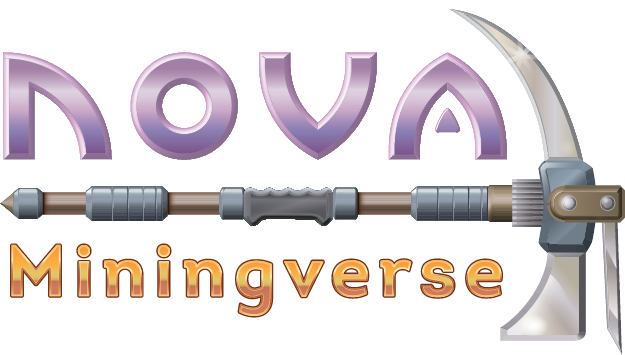
The cost of creating an AAA videogame, also known as a triple-A game, can be quite high. Typically, we speak big-budget productions with large development teams, high-quality graphics, and extensive marketing campaigns, also impacting greatly depending on the platform it is being developed for (Playstation, Xbox, Switch of PC), the size of the development team, and the length of time it takes to complete the game (average of 5 years).
One of the main factors that contribute to the cost of an AAA game is the development team (as previously exposed in our WASD Studio article). These teams can be made up of hundreds of people, including programmers, artists, designers, and testers. The salaries of these individuals can add up quickly, and the cost of benefits and office space can also be significant. Additionally, many AAA games are developed on multiple platforms, which can add to the cost of development (substitute in the crypto field for the on-chain integration: Stacks and Boba, in our case).
Another factor that contributes to the cost of an AAA game is the technology used to create it. High-end graphics and special effects can be expensive to produce (here is why Unreal Engine is that popular in Web3), and the cost of the hardware and software used to create these elements can add up quickly. Additionally, many AAA games include extensive voice acting and motion capture, which can also be costly. Fortunately, in Nova Miningverse, we use Unity, an engine extremely adaptable, as well as the advantages of the design of a pixel art game.
Marketing and distribution costs are also significant factors in the cost of an AAA game. These games are typically heavily advertised, with trailers, posters, and other promotional materials. Here in Web3, we could observe a curious phenomenon, when all projects seem to be dead during the bear season, while in bull one, even brands such as Ferrari take part in the game and thousands or even millions of dollars are expended in marketing campaigns.
Additionally, the cost of manufacturing and distributing physical copies of the game can also be significant, a con that is directly erased from the equation with the predominant digital model of blockchain.
Overall, the cost of an AAA game can range from several million dollars to over $100 million, which is more than the market cap of 95% of Web3 projects. However, despite the high cost of development, many AAA games can generate significant revenue through sales and microtransactions, as Grand Theft Auto demonstrated.
Just to illustrate the previous paragraph, here are two examples:
- Genshin Impact (estimated cost of $100 million). Released in September 2020 and quickly gained a massive player base. The game is free-to-play but has a gacha system where players can spend real money to obtain new characters and weapons. According to a report by market research firm Sensor Tower, Genshin Impact generated over $1 billion in revenue within its first six months of release.
- Fortnite (estimated cost of $200 million). Released in 2017 and quickly gained a massive player base. Fortnite is known for its unique and creative building mechanics, as well as its frequent updates and collaborations with popular franchises. According to a report by market research firm SuperData, Fortnite generated over $1.8 billion in revenue in 2019.
It’s worth noting that the cost of AAA games is constantly changing and evolving with the technology and the industry. A bigger budget and more experienced team can lead to higher quality games and also increase the development cost, but the three previous examples, are ones that would perfectly fit with the idea of GameFi and NFTs because they showed to be sustainable.
But now, thinking on web3, where most of the GameFi titles do not even reach the $100 million market cap, how could we demand high-end graphics without expecting developments of 5 years? Will investors remain to hold their tokens till the final product will be launched? Will the in-game economy (additional factor on Web3) sustain the whole ecosystem and offer enough incentives to its players?
This is why, like the videogame panorama in the 80s with Nintendo, in Web3 we are starting from pixel art or not too elaborate proposals. The best is yet to come, studios will be founded from this first wave of titles, and a strong Web3 Gaming development community will be founded.
What you can take for granted, is that Nova Miningverse will be there in 5 and 10 years, supporting players and developers in their endeavours.
Keen to learn more?
Read the Nova Miningverse Whitepaper
Stay close: Telegram | Nova Miningverse Twitter | LinkedIn | Website | YouTube | Discord

